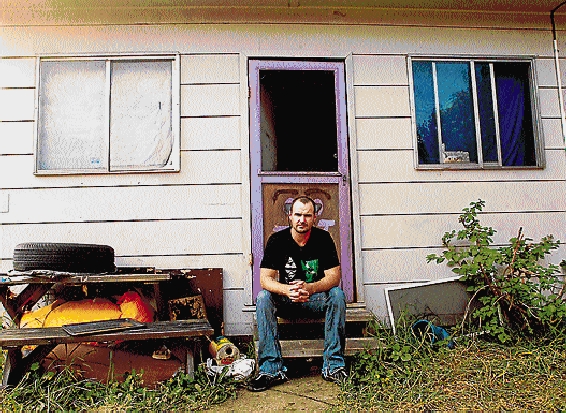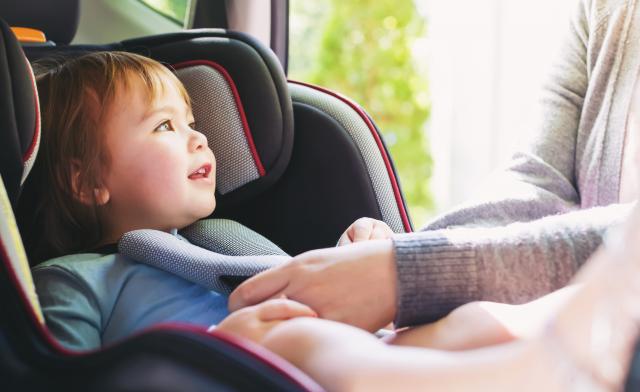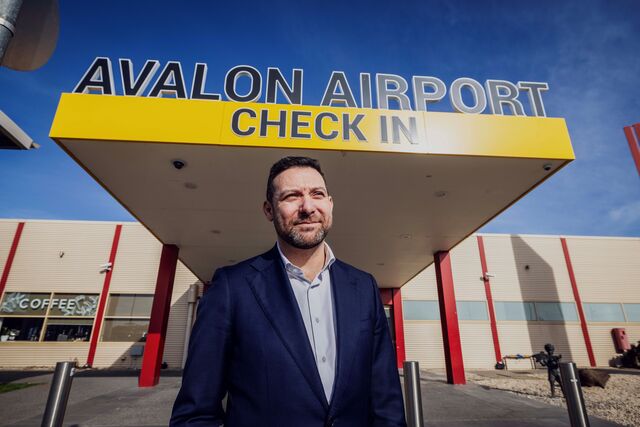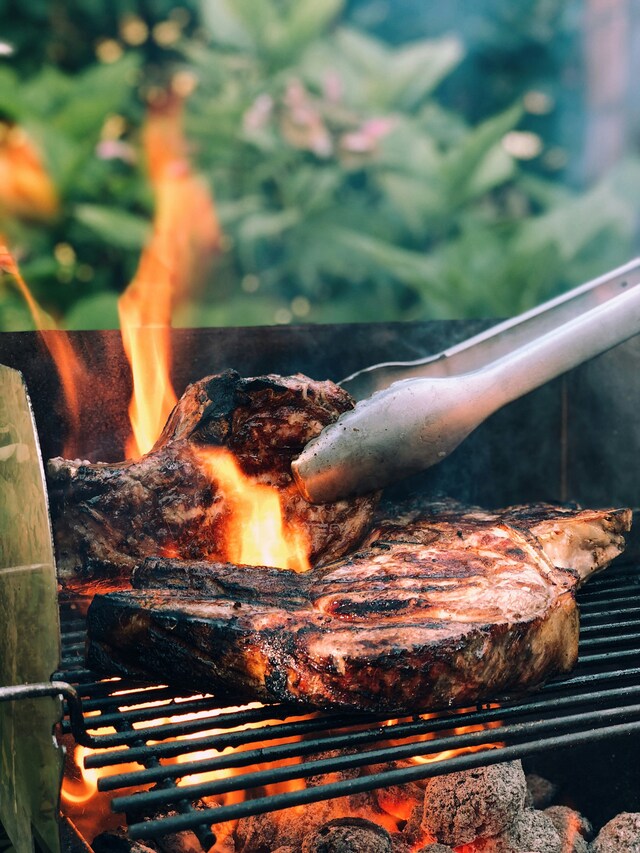NEW research reveals the west’s housing crisis is far worse than realised, with an eight-fold increase in the number of desperate people resorting to rooming houses.
A revised count shows the west is bearing the brunt of the city-wide explosion in rooming houses with people being squeezed out of the rental market.
Professor Chris Chamberlain, of the Centre for Applied Social Research at RMIT University, found huge increases in the numbers of rooming houses and tenants in western Melbourne, including Maribyrnong, Brimbank, Hobsons Bay and Moonee Valley.
Rooming house numbers across the west soared from 36 in the 2006 Counting the Homeless report, to 339 last year, according to a count by Professor Chamberlain.
The numbers of people in rooming houses jumped from 288 to 2669 over the same period.
Professor Chamberlain used council records for his count as rooming houses must be registered with councils and are inspected to ensure they meet minimum standards.
They are often missed in census counts because on the outside many rooming houses appear no different from other properties.
Professor Chamberlain said the increase was partly attributable to undercounting and was most evident in the western suburbs because properties were cheaper.
Much more problematic was the unknown number of unregistered rooming houses which were not subject to registration and inspections.
“There are heaps of unregistered ones in the west, particularly around Sunshine and St Albans,” he said.
“Some councils are really doing their very best to try and register and try to work with operators to get them up to standard, but some councils are not doing a very good job at all.”
Professor Chamberlain said an unaffordable private rental market and a long wait for public housing was forcing more people into rooming houses across the western suburbs.
He said tenants often included those with mental health or drug issues, people on disability support pensions, students and, in some cases, elderly people who couldn’t afford rent on a single aged pension following the death of a partner.
In Brimbank, some of the worst conditions seen by inspectors have included a mother and three children living in a single bedroom and people cooking and living in their bedrooms.
Living areas have also been converted into bedrooms and then sub-let to tenants.
Twenty-five rooming houses are registered with Brimbank Council, with compliance notices issued to 21 for illegal changes to use.
Speaking to the Weekly in March, an outreach nurse, who did not want to be named, said some people were paying up to $200 a week to live in “Third World” conditions.
More than 14,000 people are on the waiting list for public housing in the north-west metropolitan region, according to the Department of Human Services. Research by the National Centre for Social and Economic Modelling and commissioned by Australians for Affordable Housing, shows one in five young people aged between 15 and 24 is in “housing stress”.
That occurs when a person on a low wage pays more than 30 per cent of their income on rent or mortgages.
“Australia is a wealthy country and we do have a responsibility to try and make sure all our citizens are adequately housed and quite clearly people in the rooming houses are right on the margins,” Professor Chamberlain said.
“We can’t begin to improve things or regulate things unless we have a reasonable idea how many we are dealing with.
“Rooming houses are the last stop before the streets.”







